Kelly Ripa explains why if she and Mark Consuelos ever split she's never getting naked again
Fans would be devastated if they ever did break up
A Shakira impersonator is wreaking havoc on fans convinced they're meeting the Colombian star
Would you fall for the Shakira lookalike?
Naomi Osaka celebrates a huge win at Wimbledon on her daughter Shai’s second birthday
Naomi is in her comeback era
Arnold Schwarzenegger makes a surprise cameo in Glen Powell's new action movie
"The Running Man" premieres in theaters this November
Jennifer Lopez and Ben Affleck take their mansion off the market after failing to sell it for a year
Maybe next time they will have more luckIs this Rihanna’s wildest maternity outfit to date?
She accessorized the all-black ensemble with pointed-toe pumpsBradley Cooper plays a key role in 'Superman' - What we know
Cooper is playing a role that has been interpreted by some legendary actors in the pastOlivia Culpo and Christian McCaffery relationship timeline: Their love story from private beginnings to parenthood
The model-actress and NFL star went from a secret romance to a fairy-tale wedding, and now they're getting ready to welcome baby No. 1.Why Ivanka Trump's attendance at Sanchez-Bezos wedding was life-changing and marks 'new chapter'
Ivanka could be preparing for a career comeback.Salma Hayek feeds her adorable chickens: 'These girls are bullying me'
Hayek is a known animal lover, rescuing all sorts of animals over the yearsKylie Jenner and Timothée Chalamet are getting serious! The next step in their relationship
Timothée’s mom, Nicole Flender, is a fan of KylieBlake Lively subpoenas a Latino content creator to uncover an alleged smear campaign
Now, her legal strategy appears focused on proving that online creators were used as unofficial mouthpieces to amplify targeted negative contentDanny DeVito’s daughter Lucy gets married in private ceremony: He’s the proudest grandpa ever
"I’m very fortunate. Blessing showered down on me," the actor said about his family.Brad Pitt says only two women have left him 'starstruck', and it’s not Jennifer or Angelina
"She took care of me,” he said about a memorable moment with the star.Pedro Pascal supports Rachel Zegler at London's 'Evita' premiere
Pascal attended the event with his close friend Sarah PaulsonLindsay Lohan goes makeup-free on her family's Italian vacation, sharing new pics of baby Luai
The "Freaky Friday" star ditches glam for a Roman getaway with her husband and 23-month-old son, sharing sweet moments while enjoying Italian treatsNicola Peltz reacts to claims that she's 'controlling' Brooklyn Beckham amid family drama
Peltz celebrated her father's birthday, prompting a lot of discussion onlineLizzo's weight loss meal plan has 3 dishes, helping the BMI go down and energy up
In January 2025, Lizzo celebrated a milestone: she hit her personal "weight release goal"Isabela Merced: The Lima-Hollywood connection & her star power in 'The Last of Us'
The actress opens up to ¡HOLA! about her role in HBO’s hit series, the power of family, and her inseparable companion, a Chihuahua named BonbonWho is David Corenswet? All you should know about the new Superman
Corenswet is getting ready for his big break this summerMeet the Latino singers on 'Building the Band'
Meghan Markle makes exciting drop on Princess Diana's birthday
Find out what the Duchess of Sussex has planned for the future...10 Haircuts that make you look younger
Trending, fresh and flattering haircuts that will have you glowing at any age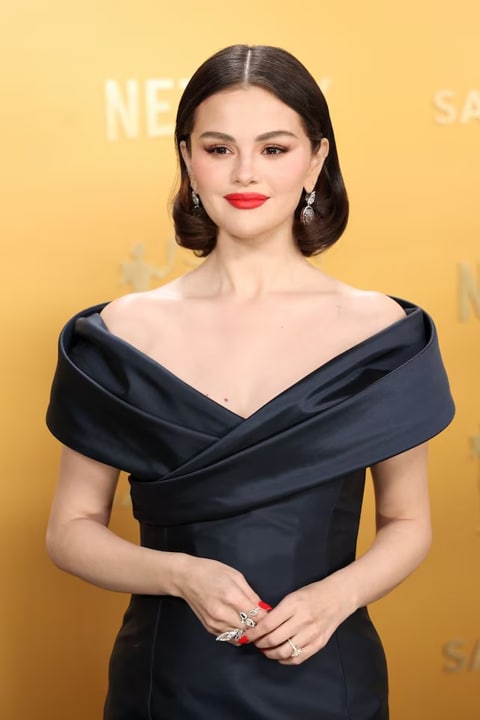
Don't miss a thing!
Sign up to HOLA!'s newsletter and get the latest news, exclusive content, and much more.
By entering your details, you are agreeing to HOLA USA's User Data Protection Policy. You can unsubscribe at any time. For more information, please click here.
Will the Prince and Princess of Wales be keeping all of their dog Orla's puppies?
Four pups were born this year
What to Watch: 7 best movies and TV shows to stream this week - June 20
Read our weekly round-up of the best movies and TV shows streaming across platforms
Pet of the week: The adorable dog who found a job as a security guard, and takes his job very seriously
Jordan, who is nearly three years old, now wears a rotating wardrobe of canine outfits.
Jennifer Lopez looks flawless with straight hair— here's how to achieve her look without damaging your strands
She is giving full-on sleek goddess energy
Amal Clooney is a goddess in white and silver slit gown in London
George looked elegant in a blue suit and white shirt, while Amal stole the spotlight.
Kendall Jenner channels 90s couture in vintage minidress with thigh-high slit and sheer neckline
She also wore a sheer black gown accessorized with massive emeralds.
Scarlett Johansson poses in figure-hugging red dress and diamond choker in Shanghai: Her latest fashion moments
But her latest fashion moment also had a deeper meaning in China.
Leonardo DiCaprio's girlfriend Vittoria Ceretti damaged Gisele Bündchen's dress at Bezos-Sanchez wedding
This was the exact look Bündchen wore at the 2003 Met Gala
Becky G looks unrecognizable as she models in Willy Chavarria's Spring-Summer 2026 Paris Fashion Show
The star strutted down the scarlet runway in a structured lavender suit that redefined elegance with a rebellious twist
Paloma Rodríguez, the bilingual voice of the New York Mets, is redefining media stardom
Paloma brought Los Mets' Spanish-language identity back to life
Marie Leguizamo on crafting bingeable TV & amplifying Latin and Women’s voices
Leguizamo is responsible for adapting hits like "Last One Laughing" and "Temptation Island" to Latin American audiences
Are Carlos Alcaraz and Emma Raducanu dating? Here's what we know
The pair are currently playing at WimbledonWho is Amanda Serrano? Meet the Puerto Rican powerhouse making boxing history
She’s not just breaking records; she’s redefining what’s possible in boxingTrinity Rodman is 'not impressed' with her boyfriend's soccer skills
In a video shared online, Ben Shelton is seen juggling a soccer ball with his footFranco Colapinto, Argentina’s F1 heartthrob lands in the Big Apple [Exclusive]
The Alpine driver blends charisma, racing ambition, and Hollywood glamour at Brad Pitt’s high-speed movie premiereWhen Is Amazon Prime Day 2025? Everything to Know and How to Prepare
It’s official! The biggest sale of the summer is here
What's open on July 4, 2025? Restaurants, retail, groceries, and services you can count on
Whether you're hunting for a last-minute grocery run, craving a fast-food fix, or need to know if your local pharmacy is open, this quick, reliable guide has you covered
Los Angeles Summer 2025: The ultimate guide to can't-miss events, festivals and more
A list of summer’s best concerts, festivals, and cultural musts in Los Angeles
¿Por qué Salma Hayek no acompañó a su esposo a la boda de Lauren Sánchez y Jeff Bezos?
La ausencia de la actriz fue evidente cuando se vio en solitario a François-Henri Pinault disfrutar de este eventoEl hermano de la princesa Diana la recuerda en su 64º cumpleaños con una foto inédita
El conde Charles Spencer conmemoró esta fecha tan especial compartiendo un lindo recuerdo familiar junto a su hermanaBrooklyn Beckham celebra a su suegro tras no asistir al cumpleaños de su padre
El primogénito de David y Victoria Beckham posó sonriente con Nelson Peltz, padre de su esposa Nicola, en la fiesta por sus 83 añosEugenio Derbez reacciona a los rumores de criris matrimonial con Alessandra Rosaldo: 'Sí, vivimos separados'
El intérprete se dijo acostumbrado a las especulaciones tras 13 años de relación con la cantanteThe Kardashians have landed in Italy: It’s official A-listers arrive in Venice for Jeff Bezos and Lauren Sánchez’s wedding [PHOTOS]
Oprah, Orlando Bloom, and more descend on the city of canals as the celebrations begin
Michael Jordan and Yvette Prieto take their family to Croatia aboard a $150M superyacht [PHOTOS]
The sleek vessel has been hard to miss on the Croatian coast, making a grand entrance and drawing plenty of onlookers at sea and on land
By Shirley GomezPeso Pluma and Kenia OS can't keep their hands off each other in NYC
The Mexican powerhouses had a PDA filled moment
By Jovita Trujillo












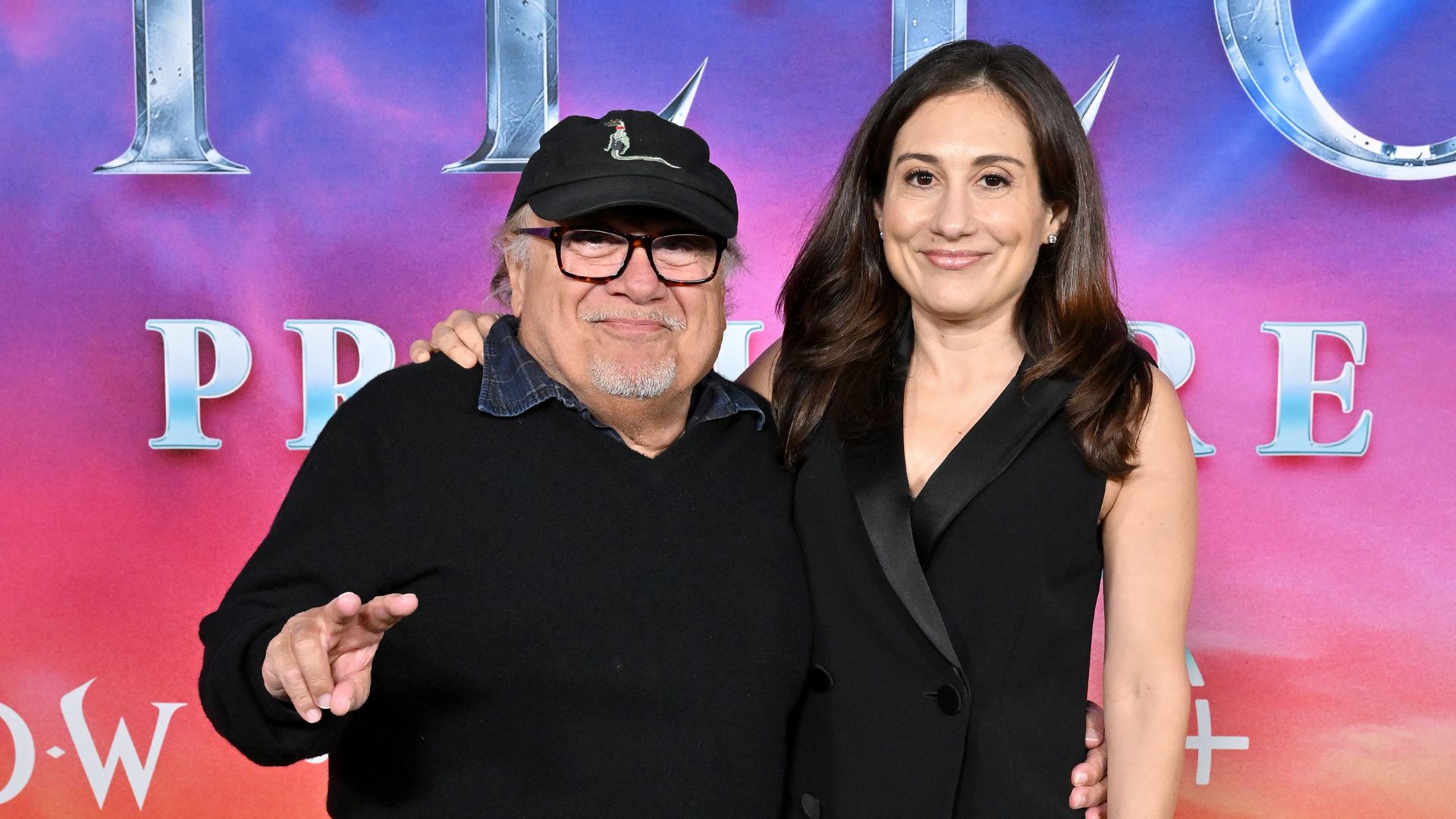



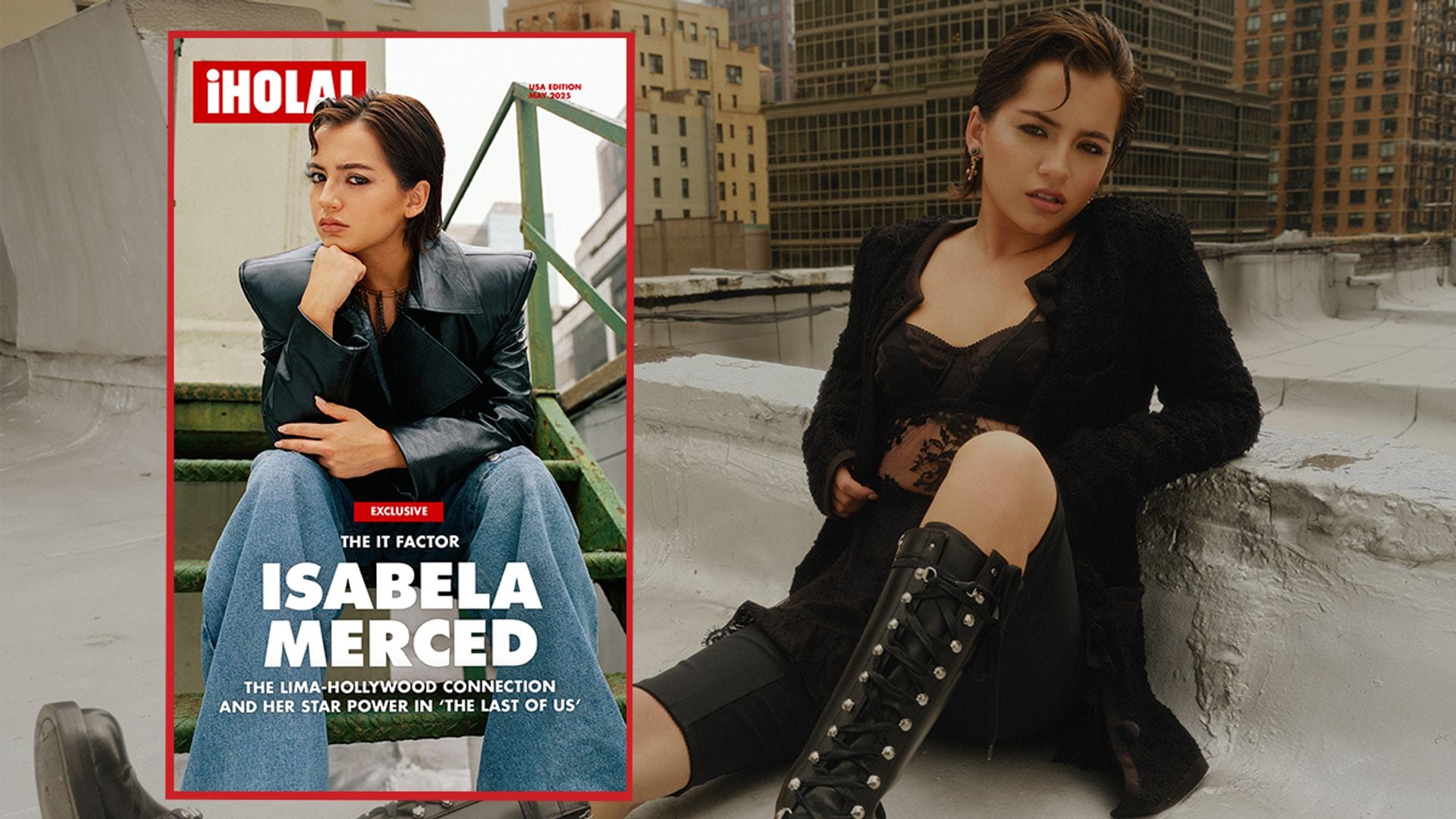







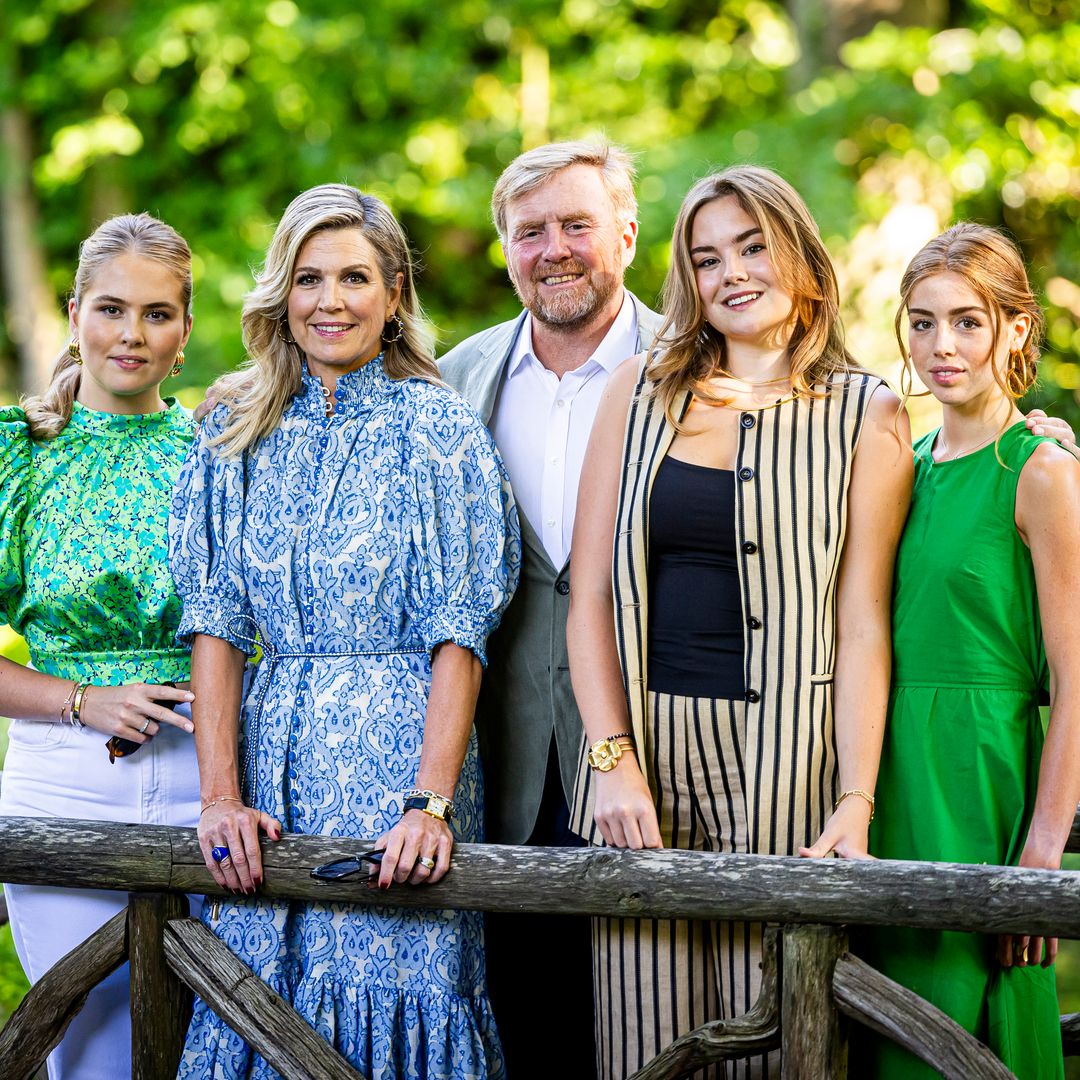
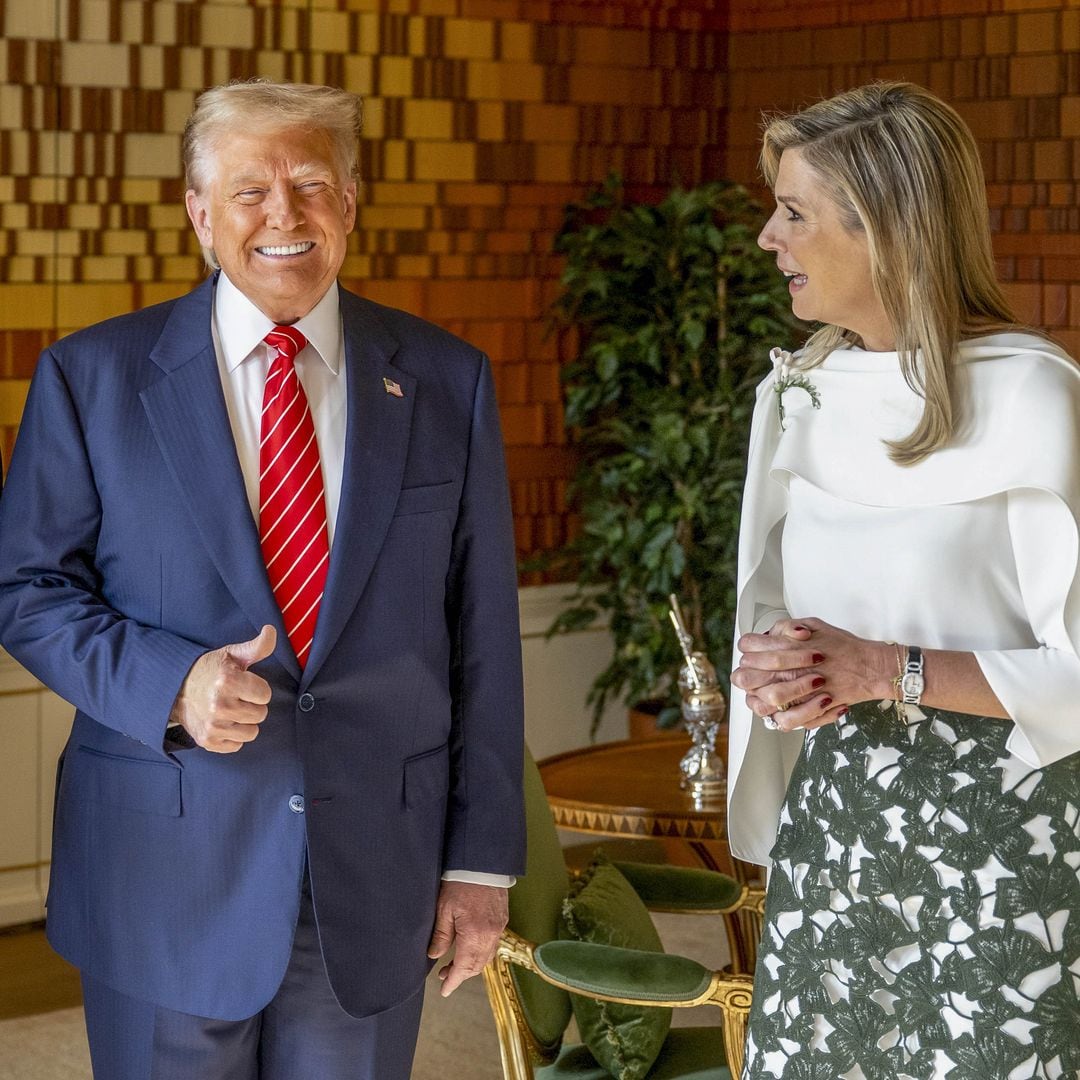
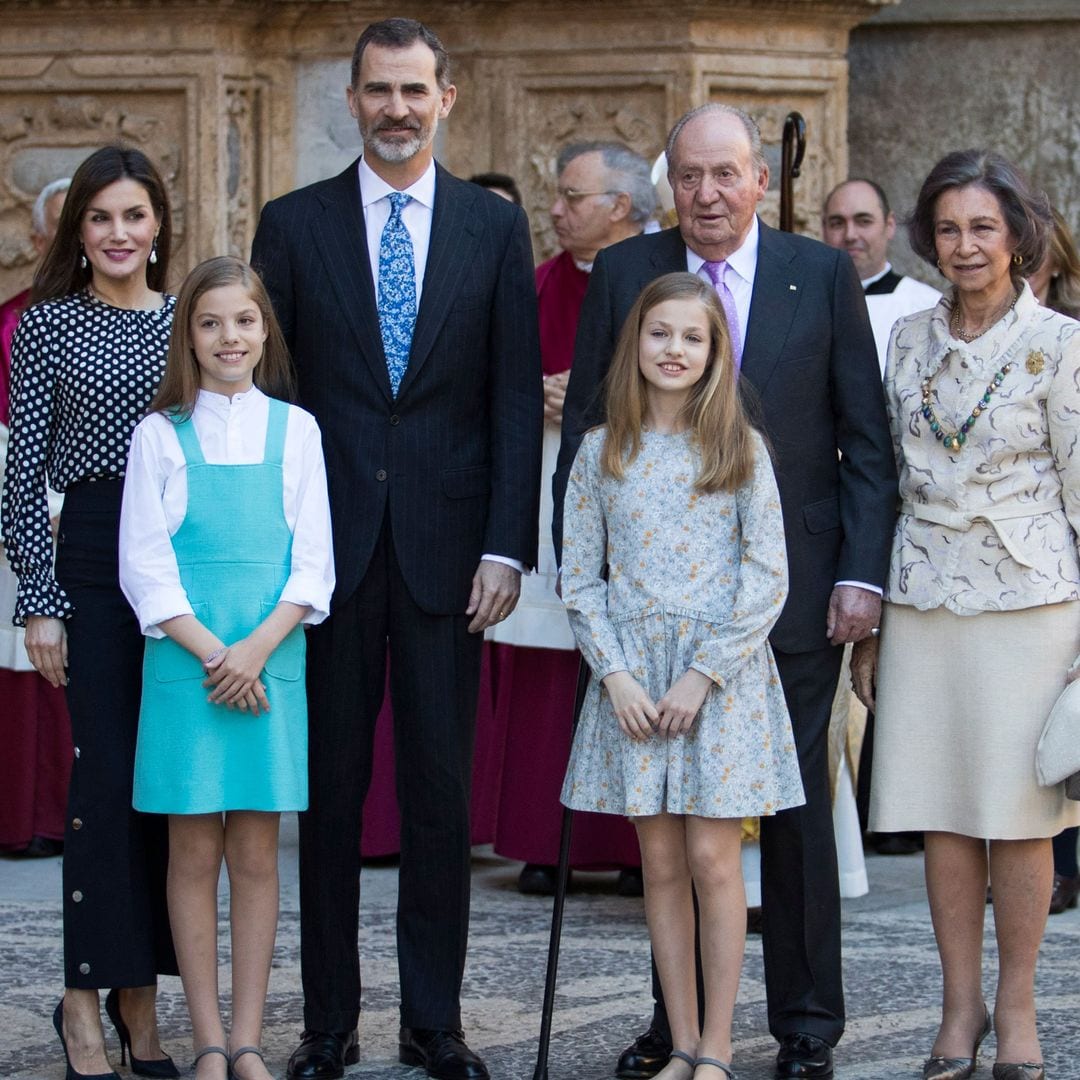

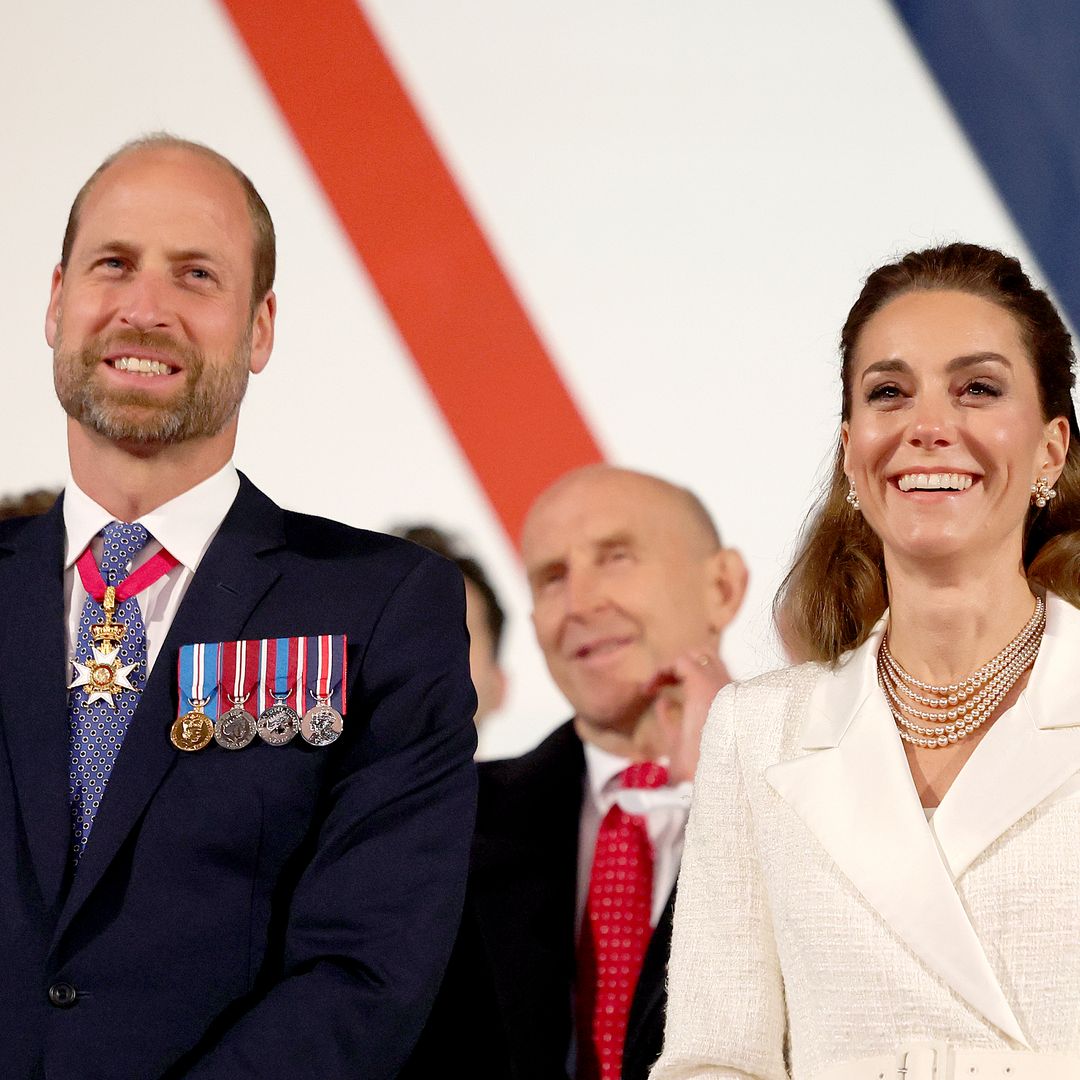
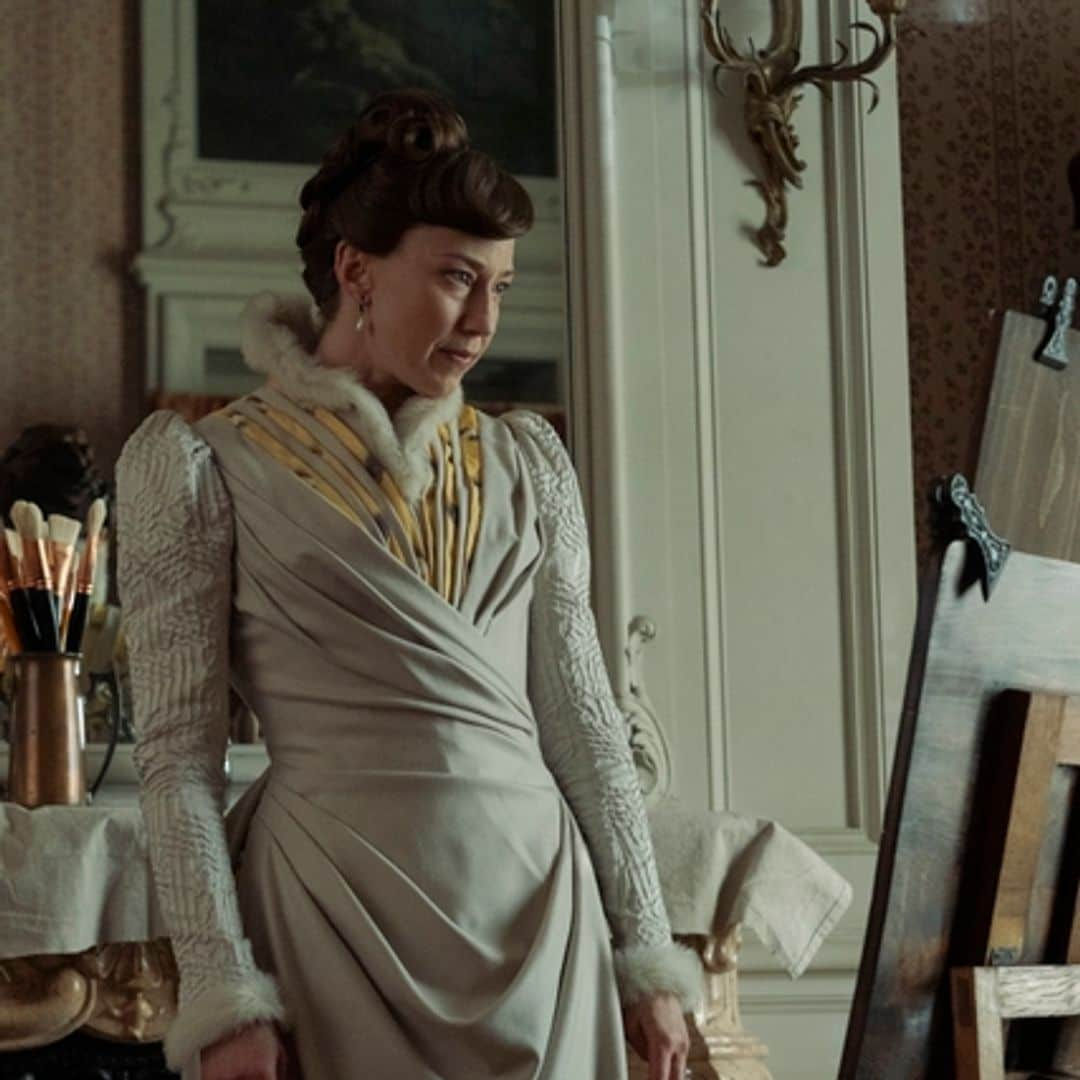
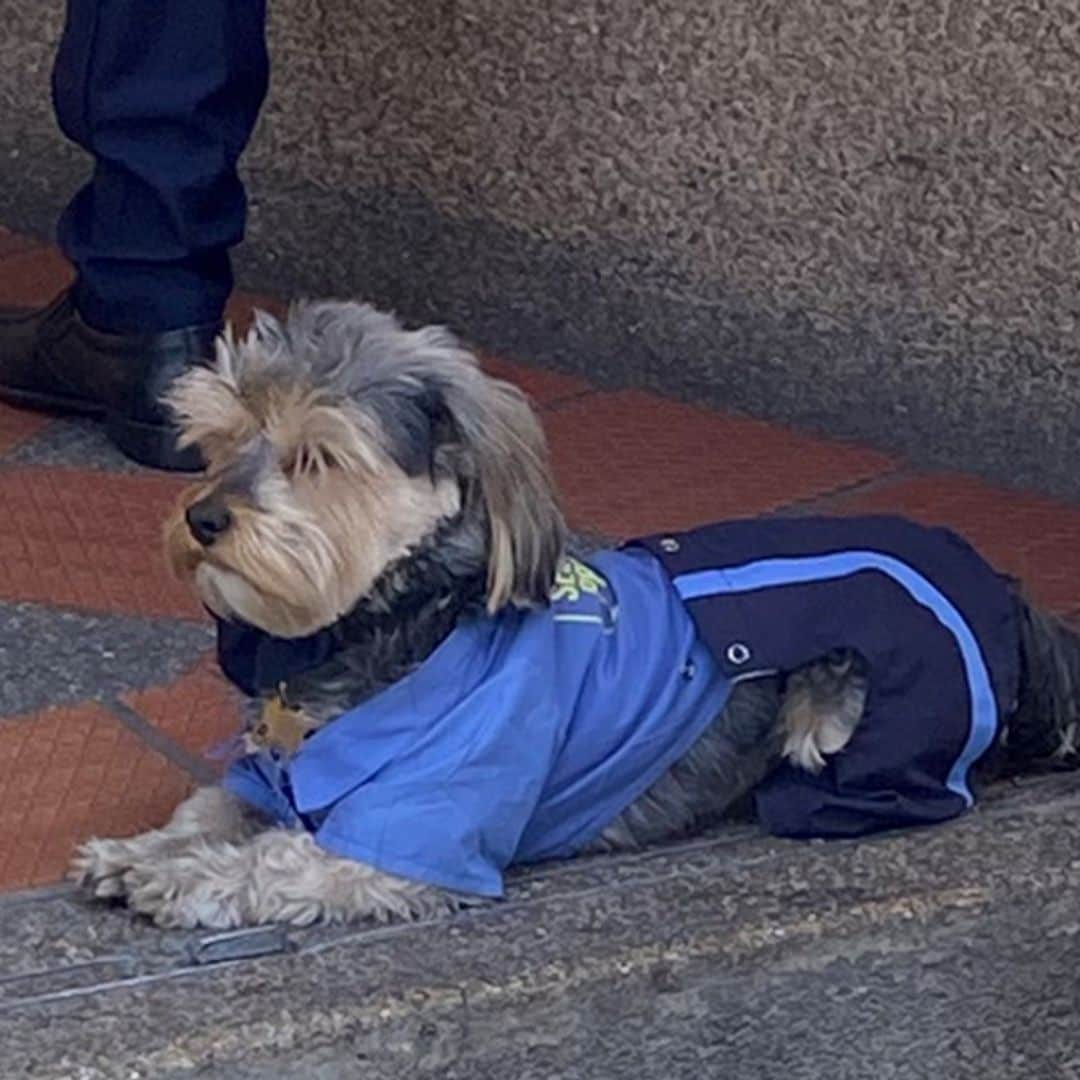


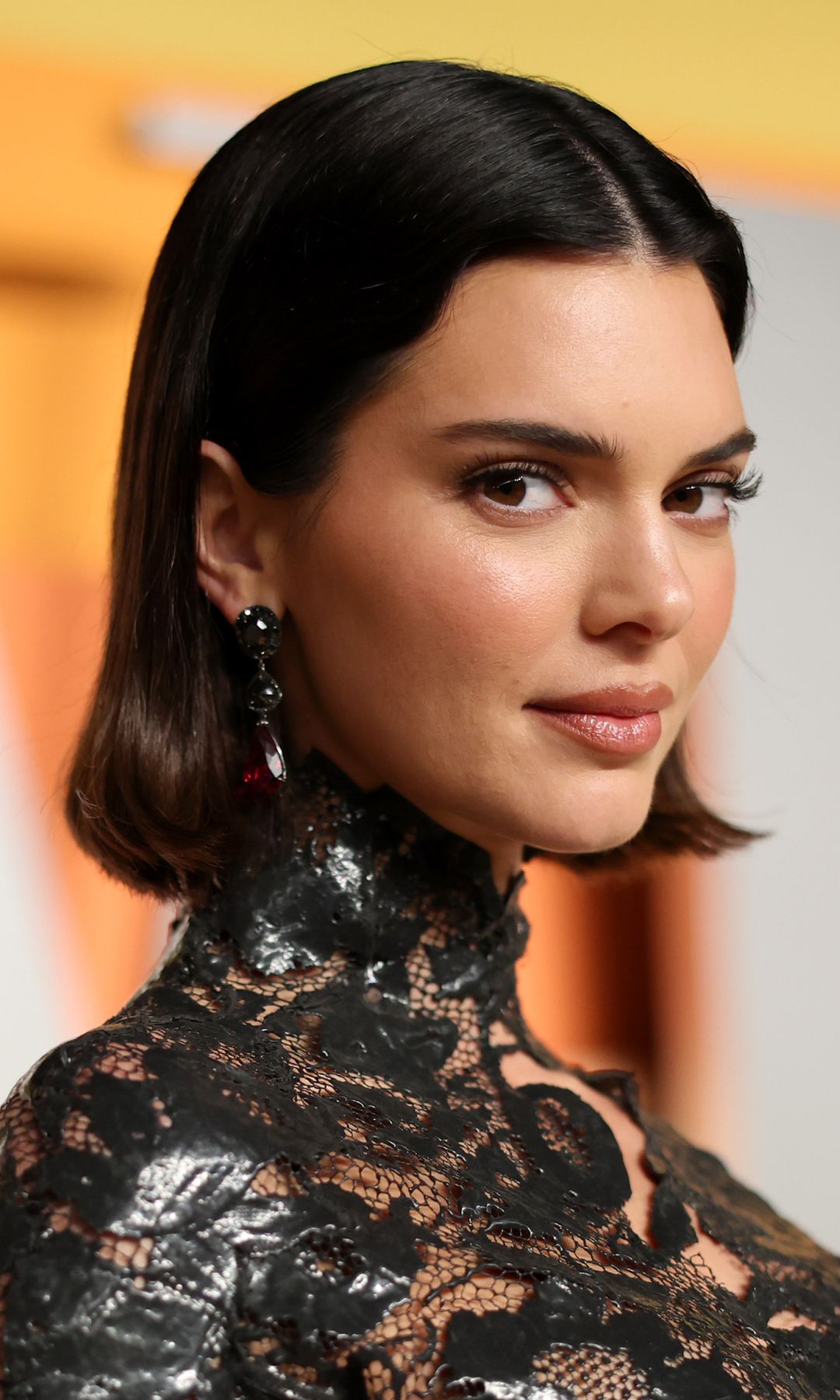

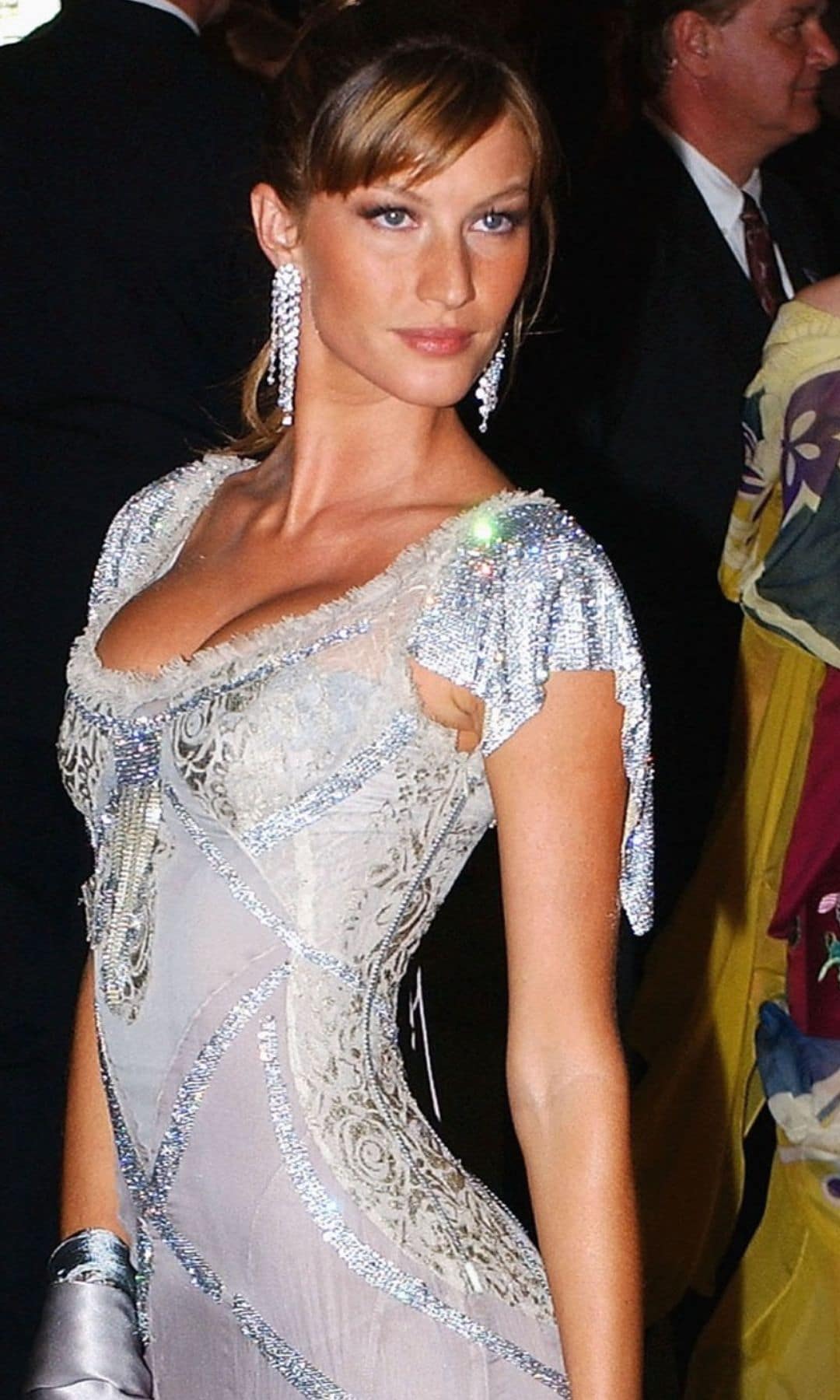

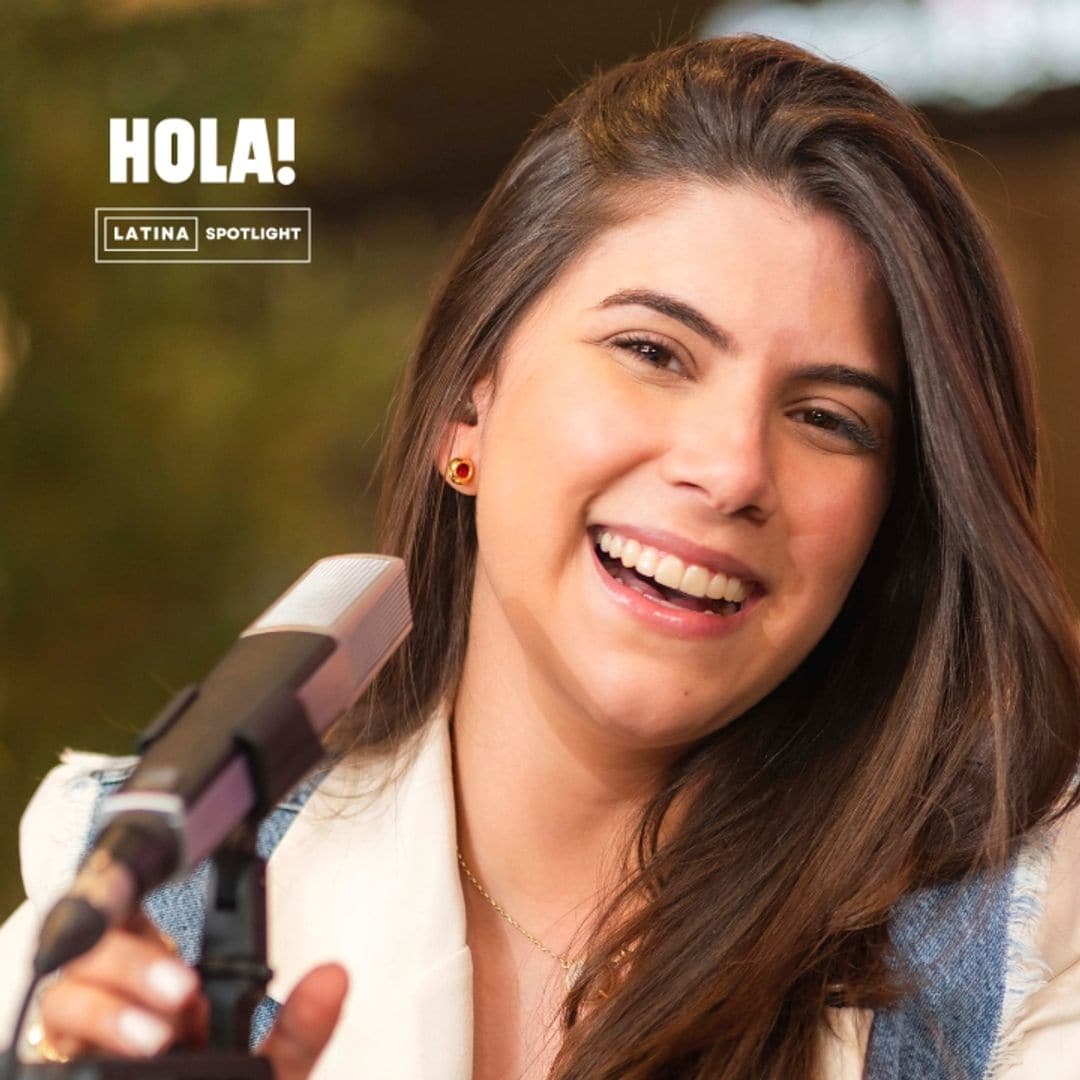



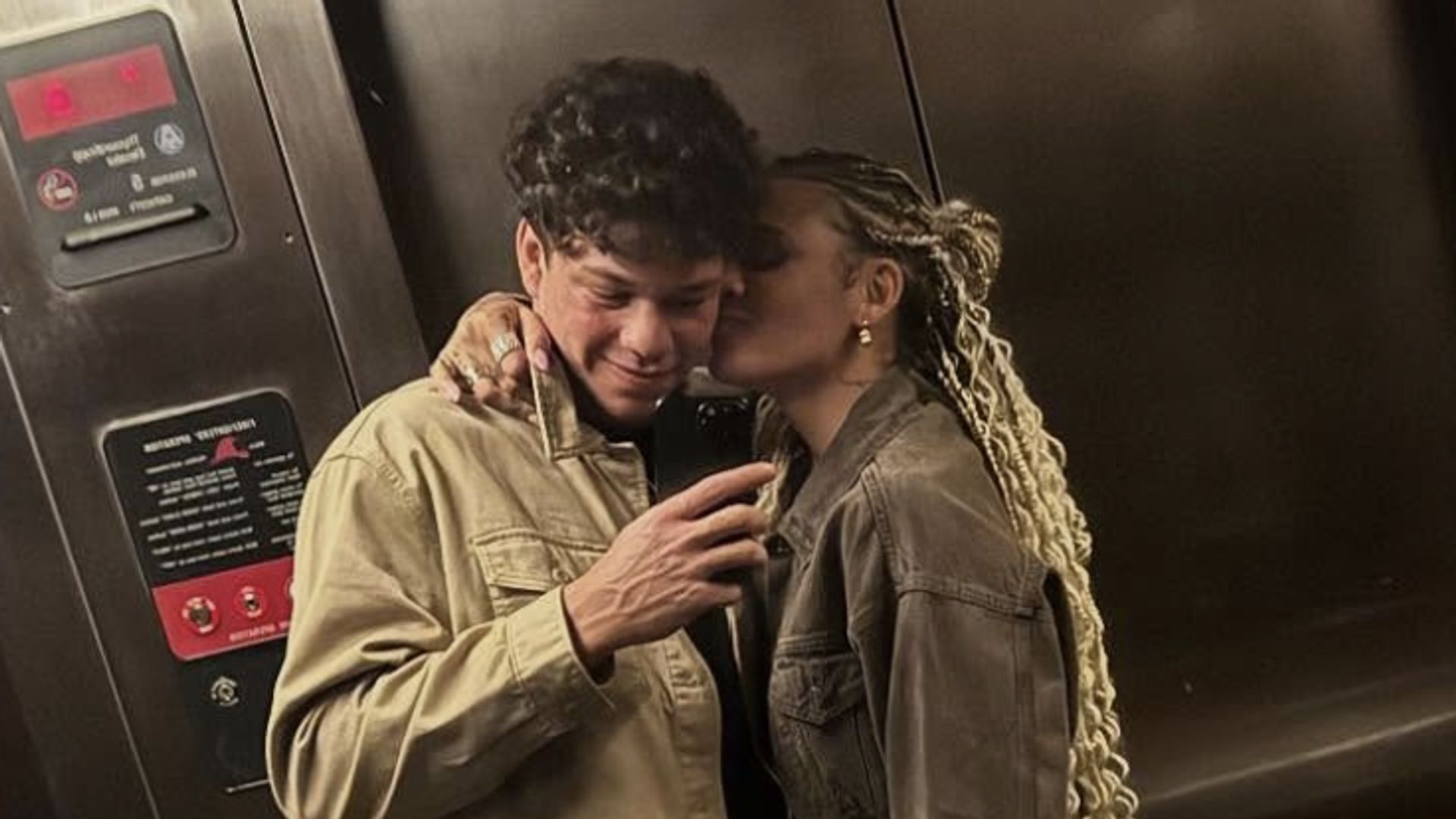
![Franco Colapinto, Argentina’s F1 heartthrob lands in the Big Apple [Exclusive]](https://www.hola.com/us/horizon/landscape/5396710bffc0-new-york-new-york-franco-colapinto-attends-the-world-premiere-of-f1-the-movie-in.jpg)




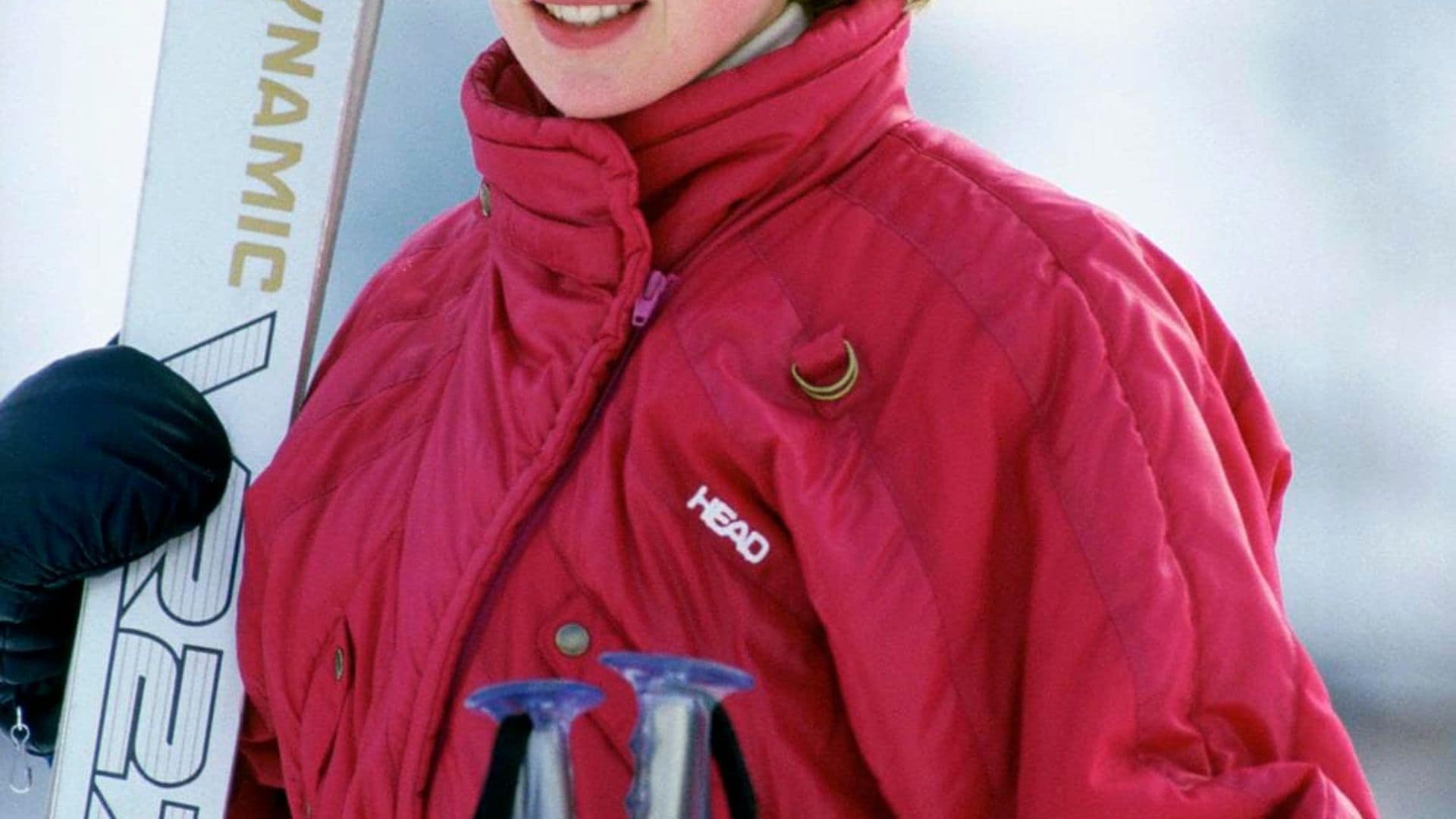


![The Kardashians have landed in Italy: It’s official A-listers arrive in Venice for Jeff Bezos and Lauren Sánchez’s wedding [PHOTOS]](https://www.hola.com/us/horizon/square/a27d7a4a1e83-us-reality-tv-personalities-kim-kardashian-walks-to-board-a-taxi-boat-at-venice-.jpg)
![Michael Jordan and Yvette Prieto take their family to Croatia aboard a $150M superyacht [PHOTOS]](https://www.hola.com/us/horizon/square/8497ab3a3a8c-bkgmjypc250625010.jpg)
